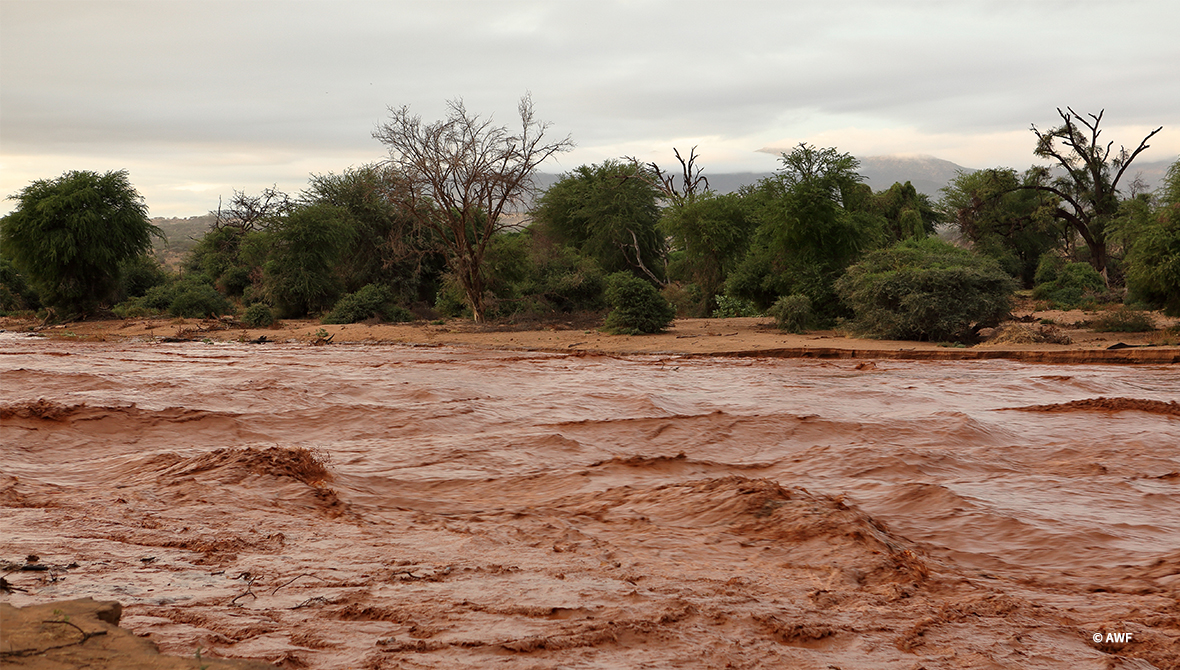Communities in Kenya Face Long Road to Recovery After Devastating Floods

As the heavy rains that have pounded Kenya over the past two months begin to ease, local communities are now grappling with the aftermath of catastrophic floods. The floods have wreaked havoc across the country, affecting human lives, infrastructure, and biodiversity.
According to the United Nations Office for the Coordination of Humanitarian Affairs (UN OCHA), heavy rains and flash floods have impacted over 380,573 individuals in Kenya, displacing over 281,835 people. Tragically, the floods have resulted in significant casualties, with an estimated 267 people killed, 188 injured, and 75 missing. The situation has been worsened by the overflowing of hydro-electric dams, exacerbating flooding in various counties, including Garissa, Tana River, and Lamu in the Northeastern and Coastal regions. Devastating incidents have been reported nationwide, from Nairobi, where some roads have turned into rivers, causing fatalities and destruction, to Mai Mahiu, where a dam breach claimed more than 60 lives.
Last month, in the Maasai Mara Game Reserve, more than 14 tented camps were forced to shut down as rivers breached their banks, leading to the evacuation of tourists and staff. The full extent of the damage to wildlife remains uncertain, but it is evident that the floods have dealt a significant blow to tourism and left communities in disarray.
According to the Kenya Meteorology Department (KMD), the increased rainfall in the country is attributed to the El Niño phenomenon, characterized by the warming of the Indian Ocean. With the devastating floods sweeping away crops in several parts of the country, concerns arise that the situation could escalate human-wildlife conflict in areas of co-existence. Additionally, heavy rainfall has hindered access routes to national parks, leading to a decrease in tourism.
Amidst the ongoing flood crisis in Kenya, a concerted effort has been mobilized by both the Kenyan government and international organizations to mitigate the impacts. The Kenya Red Cross Society has taken a leading role in spearheading search and rescue missions, delivering emergency aid, and distributing vital supplies to affected individuals. Kenya has received support from the United Nations, European Union, United Kingdom, and the United States to aid affected families. However, the crisis has also highlighted certain challenges. Human Rights organizations have expressed concerns regarding the adequacy of the Kenyan authorities’ response to the floods.
The African Wildlife Foundation (AWF) is grateful to report that the recent floods have not severely impacted our ongoing work in Tsavo, where we collaborate with local communities and conservancies to enhance human-wildlife coexistence. While some access roads have been affected due to heavy rainfall, tourism activities within this expansive park continue unhindered. However, the significant impact these floods have had on other Protected Areas (PAs) like Maasai Mara, conservancies, and surrounding communities is disheartening. AWF stands in solidarity with conservation efforts in these flood-stricken areas. The profound effects of the heavy rains on biodiversity and local communities in various parts of the country underscore the intricate connection between extreme weather events and their consequential effects on conservation efforts. As we continue our work in Tsavo, we remain committed to addressing the impact of extreme weather events and advancing our mission of ensuring wildlife and wild lands thrive in modern Africa.
In the coming days, the Kenya Meteorology Department (KMD) predicts a nationwide reduction in rainfall. Despite this overall decrease, KMD notes that some regions will still witness rainfall, though potentially with a diminishing intensity. This forecast brings a sigh of relief to the many communities that have braved the unyielding rainstorms over the past two months. The expected lull in the rainfall offers a crucial window for the relevant agencies to evaluate the flood impacts and devise strategic recovery plans.